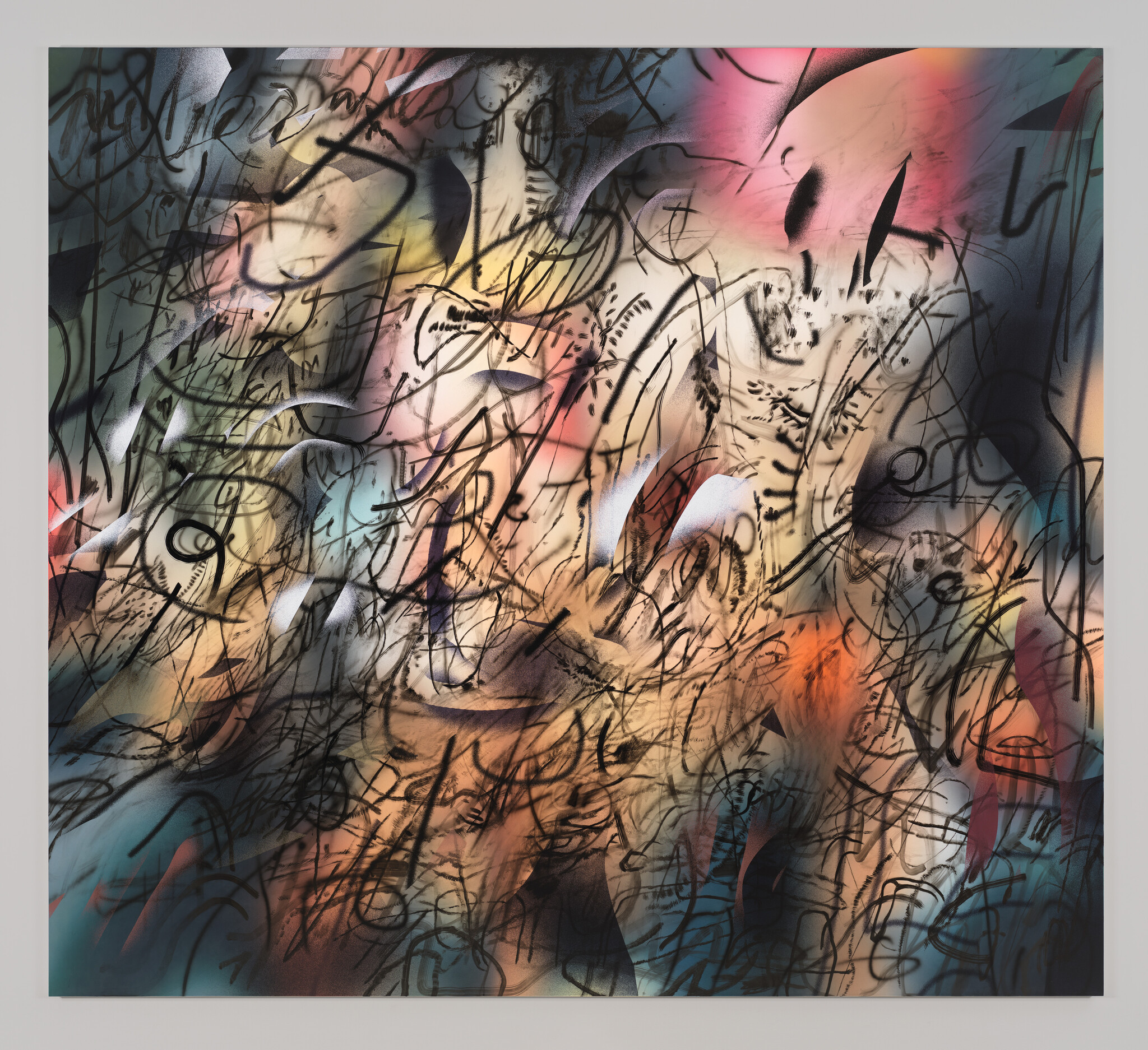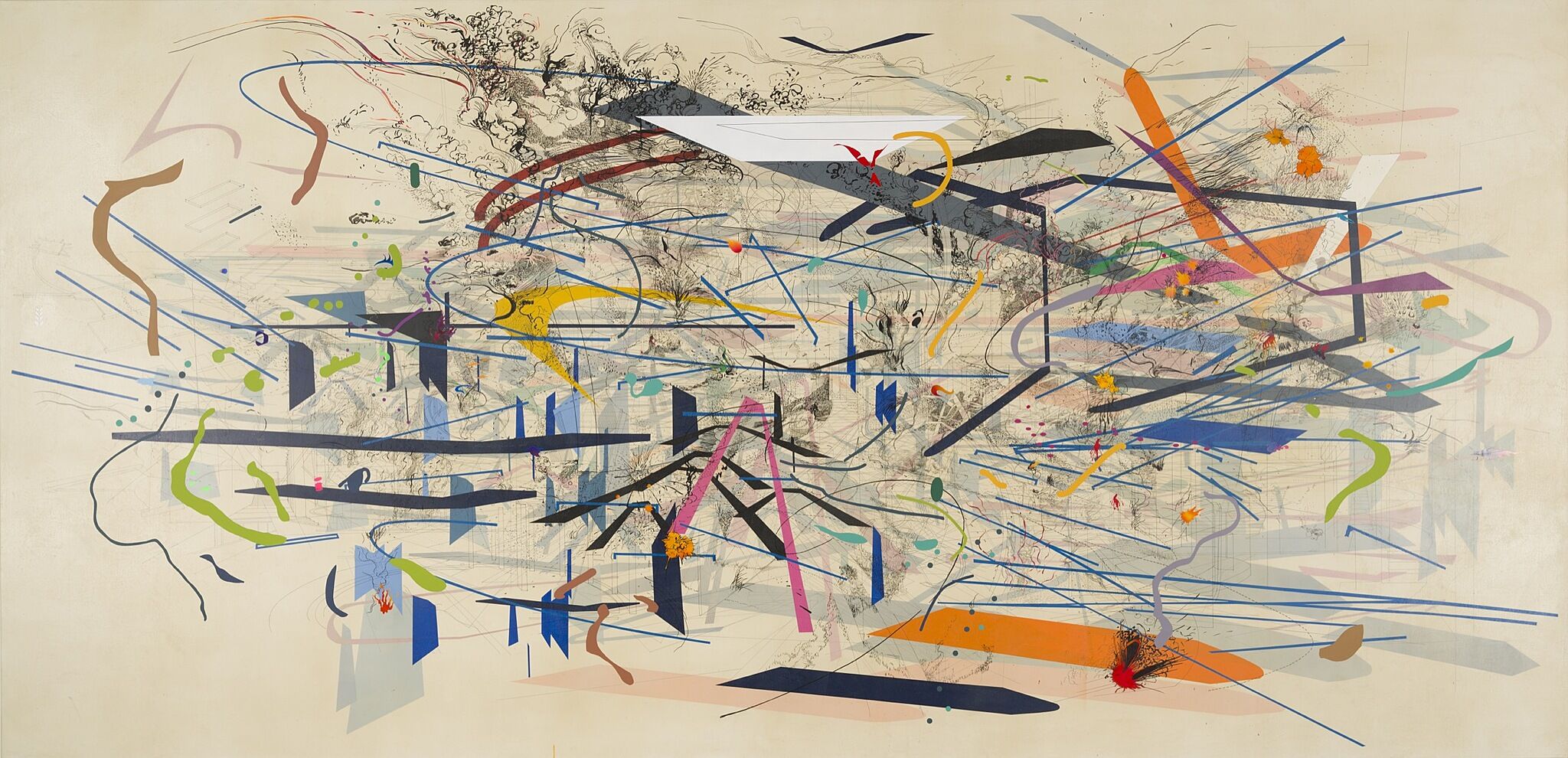Stadia II
Mar 18, 2021
0:00
Stadia II
0:00
Narrator: In 2003, Mehretu began making a series of paintings that explored the form of the stadium—or stadia, in the plural.
Julie Mehretu: I really wanted to look at particular forms of architectural phenomenon and structure, and the stadia being this really interesting, kind of iconic, historic, fundamental part, of any urban space and any collective urban space, in any type of social society.
Narrator: Exploring the form of the stadium felt especially right to Mehretu in 2003, when the United States government was leaning heavily on propaganda and spectacle to ramp up the war in Iraq. She began thinking about stadia as forms dedicated to spectacle, and to the production of historical meaning.
Julie Mehretu: From early Olympic Games to the Roman Colosseum to the use of prisons as execution sites, to major concerts and different types of sports projects.
That, to me, was really interesting. But also it's the formation of it, this gathering space, the public arena or the kind of public square-ness of it, that it became this site of that. And in that sense, even the structure of this form was mimicked as a structure for oration and a structure for governance.
Narrator: The composition incorporates flags from around the world.
Julie Mehretu: They participate in this kind of language of spectacle, but almost like ephemera, almost like bubbles. The meaning of them are pretty violent and pretty challenged if you think about ideas of global citizenship. It's part of this other neoliberal spectacular game in a way, and thinking of this as a stage for that.
In Julie Mehretu.


